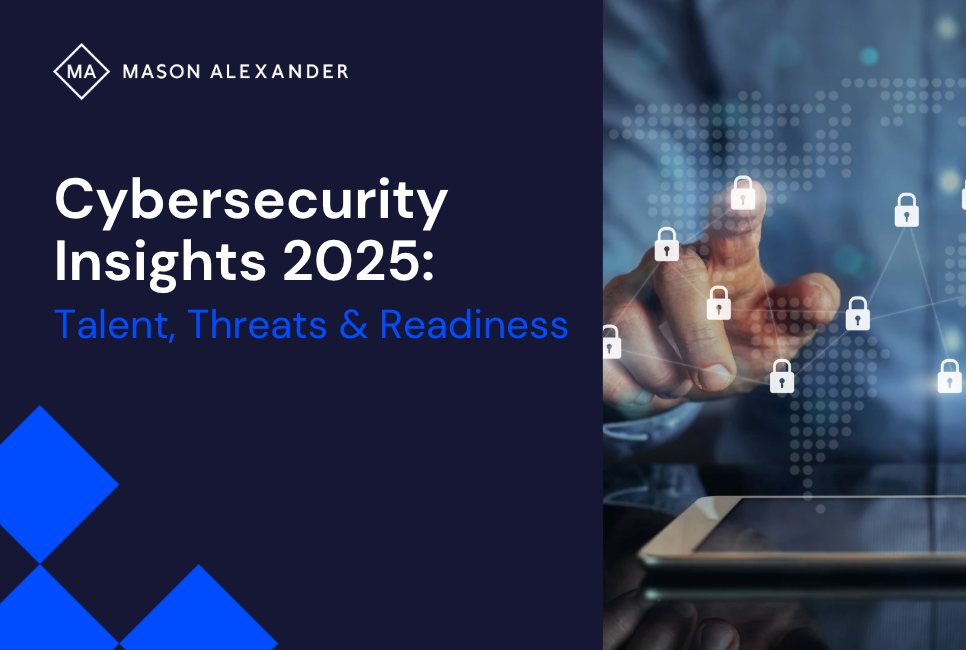One of the most significant changes in the cybersecurity landscape this year is the introduction of new regulations designed to enhance the resilience of organisations, particularly in critical sectors. Two major frameworks that businesses need to be aware of are the Digital Operational Resilience Act (DORA) and the Network and Information Systems Directive 2 (NIS2).
DORA, primarily targeting the financial sector, aims to ensure that financial institutions and their service providers are prepared to withstand, respond to, and recover from all types of ICT-related disruptions and threats. This includes not just safeguarding their own operations, but also assessing the resilience of third-party providers, such as cloud services and external IT contractors. In practice, DORA requires companies to adopt a more structured approach to monitoring and mitigating risks, including mandatory cyber resilience testing and robust incident reporting procedures.
NIS2, an update to the original NIS Directive, expands its scope to include more industries, from healthcare and transportation to energy and public administration. It mandates that organisations implement more stringent cybersecurity measures and report incidents in a timely manner. This directive also places greater emphasis on supply chain security, recognising that a weak link in any partner or vendor can lead to significant vulnerabilities. Companies covered by NIS2 will need to invest heavily in cybersecurity infrastructure and ensure continuous monitoring of their systems to remain compliant.







